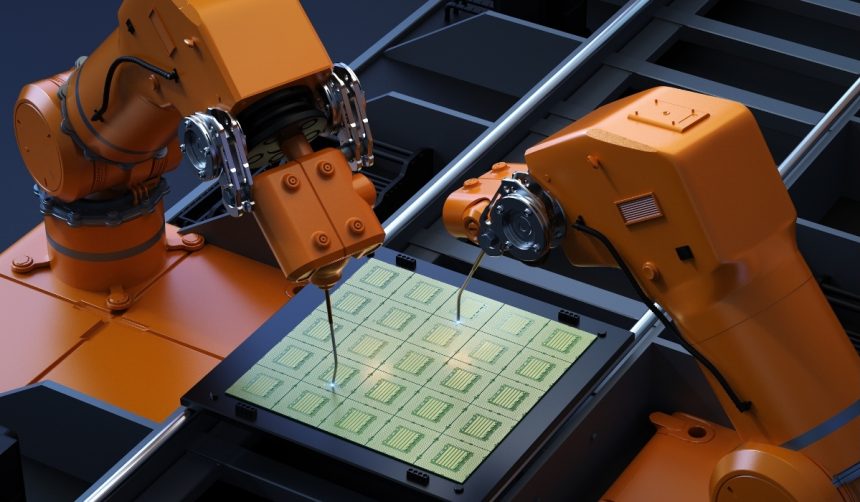The surgical robotics industry continues to evolve, with Intuitive Surgical Inc. maintaining its position as the market leader. However, a surge of innovative companies is challenging the status quo, introducing diverse robotic solutions tailored to specific medical fields. This dynamic shift reflects the increasing demand for specialized surgical technologies and the competitive spirit driving advancements in healthcare robotics.
Recent developments indicate a broader range of surgical applications for robotics, expanding beyond Intuitive’s established domains. Companies are now focusing on niches such as urological and orthopedic surgeries, leveraging their unique technologies to cater to these specialized areas. This diversification is reshaping the landscape, offering healthcare providers more options and fostering a competitive environment that benefits medical advancements.
How Are Companies Differentiating Their Robotics?
Firms are distinguishing themselves by developing robots that serve non-overlapping surgical needs. Medtronic, for example, is targeting urological procedures with its Hugo robot, while Stryker focuses on orthopedic surgeries with its Mako system. This strategic specialization allows each company to excel in its chosen field without directly competing against Intuitive’s broad-spectrum offerings.
What Strategies Are Emerging Among New Entrants?
New entrants are adopting innovative approaches to carve out their market share. Johnson & Johnson has advanced its Ottava system by securing an FDA investigational device exemption, facilitating clinical testing and regulatory approval. Additionally, startups like CMR Surgical are introducing versatile systems like Versius, aiming to provide cost-effective and flexible solutions for various surgical environments.
What Impact Does This Competition Have on the Market?
The increased competition is driving technological advancements and reducing costs, making surgical robotics more accessible to healthcare facilities. According to surgical robotics expert Steve Bell, “The other companies are having some success again by trying to find areas where they have a unique proposition.” This competitive pressure is likely to accelerate innovation and improve patient outcomes across different surgical disciplines.
As the market grows, collaboration and partnerships are becoming more prevalent, further fueling innovation. Companies are not only focusing on product development but also on enhancing support and training for medical professionals, ensuring the effective integration of robotic systems into surgical practices. This holistic approach underscores the industry’s commitment to advancing surgical technologies and improving healthcare delivery.
The ongoing advancements in surgical robotics highlight the sector’s potential to transform medical procedures. By catering to specialized surgical needs and fostering a competitive environment, the industry is poised for significant growth and innovation. Healthcare providers stand to benefit from a wider array of robotic solutions, enhancing surgical precision and patient care.










